News
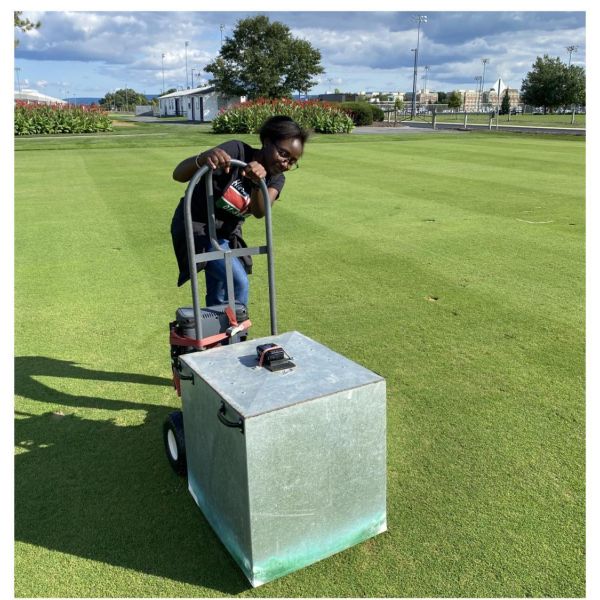
Jul 08, 2025
Fungicides intended to suppress turfgrass diseases may damage fairways
Golf course managers have much more insight into which fungicides to use to suppress turfgrass diseases, such as the common and costly dollar spot disease, without damaging the grass on their fairways, thanks to a new study by researchers at Penn State.
Full Article

Jul 07, 2025
‘Scialog’ grant to study how rising ocean temperatures affect fish behavior
A wildlife behavioral ecologist at Penn State is part of a multi-institution team that received funding from Scialog: Neurobiology and Changing Ecosystems, a international three-year initiative that aims to spark new science exploring neurobiological responses to rapidly changing environments.
Full Article
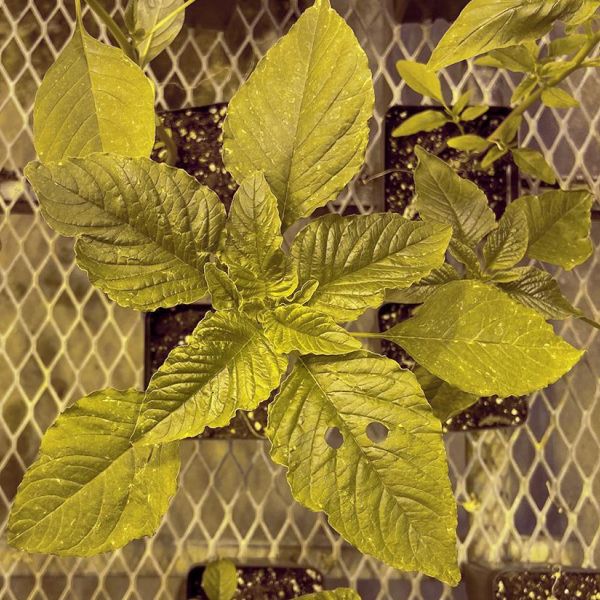
Jun 23, 2025
Multistate herbicide-resistant weeds study aims to protect soybean crops
New grant will fund development of rapid testing to detect herbicide-resistant weeds in soybean fields; to gain a better understanding of plant mechanisms that contribute to resistance.
Full Article
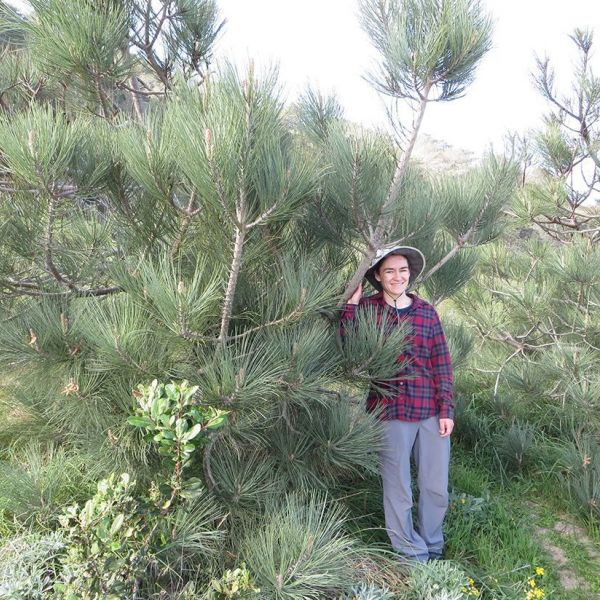
Jun 03, 2025
Isolated Torrey pine populations yield insights into genetic diversity
Researchers find a few genes that allowed trees from insular populations to adapt to local conditions may inhibit their adjustment long term to a new location.
Full Article
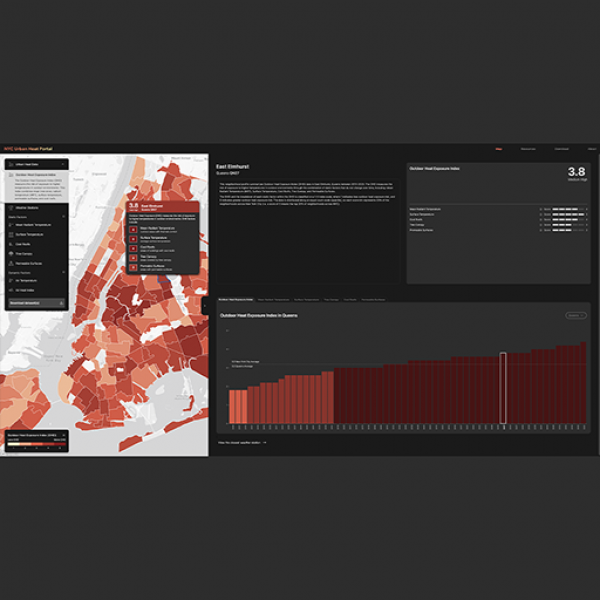
May 20, 2025
Urban heat portal aims to tackle rising temperatures, protect at-risk residents
As heat and associated risks intensify in cities around the world, a new tool developed by researchers in the College of Arts and Architecture’s Stuckeman School at Penn State and the Department of Urban Policy at Hunter College aims to shed light on how rising temperatures affect New York City’s neighborhoods — and what can be done to protect the most vulnerable communities.
Full Article

May 08, 2025
Some water conservation programs may get more value by targeting rural farms
Conservation programs aimed at boosting environmentally friendly practices by incentivizing farmers may get more bang for their buck by targeting rural farms rather than more urban ones, according to a study led by researchers at Penn State.
Full Article
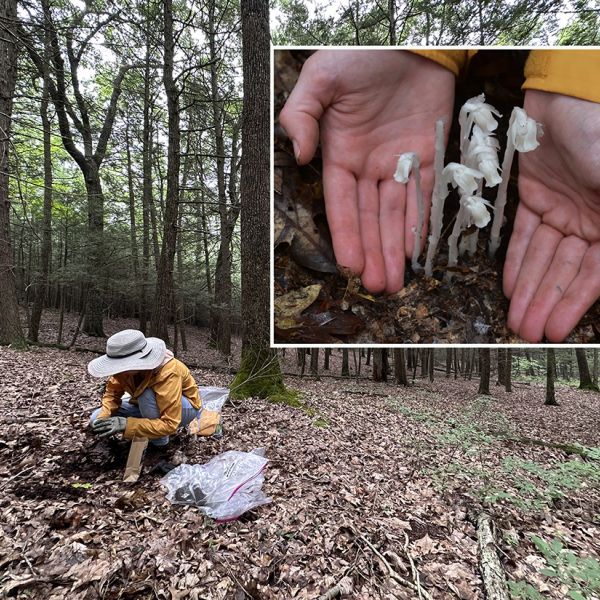
Apr 25, 2025
Traditional forest medicinal plant ghost pipe used differently today
Driven by the internet and social media, consumption of a strange white plant known as ghost pipe is enjoying a resurgence — but with a twist.
Full Article
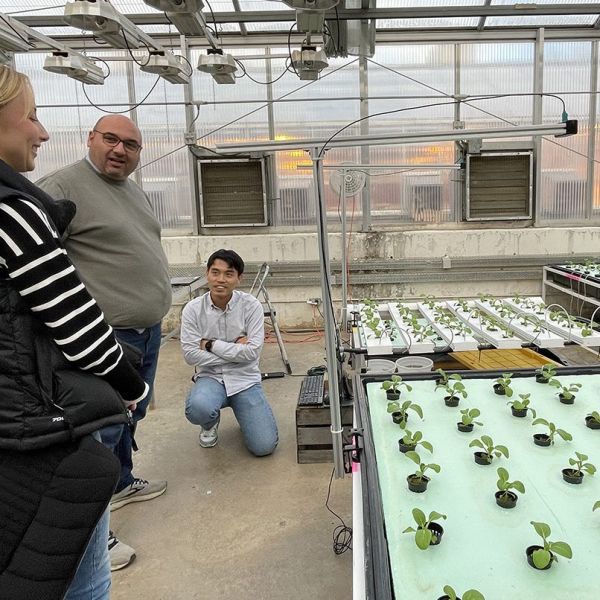
Feb 28, 2025
New computer vision system can guide specialty crops monitoring
The technology applies an internet of things and artificial intelligence to enhance controlled environment agriculture in advanced greenhouse scenario.
Full Article
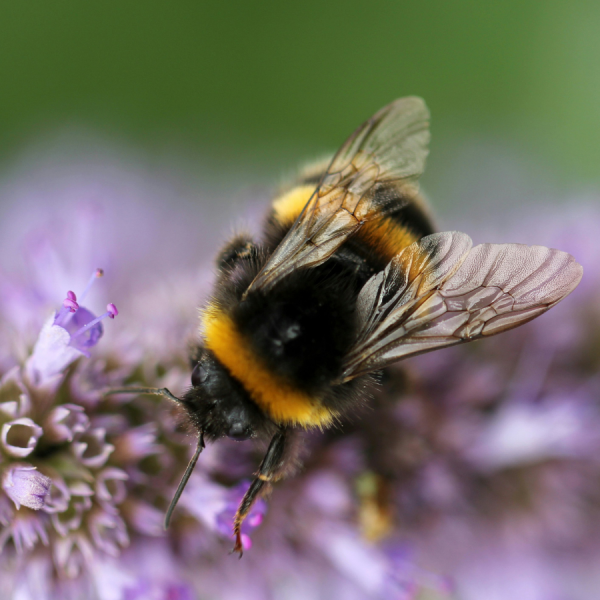
Feb 26, 2025
The complex effects of pesticide exposure on bumble bee health
The effects of pesticide exposure on pollinator health may be more complicated than originally thought, according to a team of researchers in Penn State’s College of Agricultural Sciences who recently published an article on the topic in Biology Letters.
Full Article
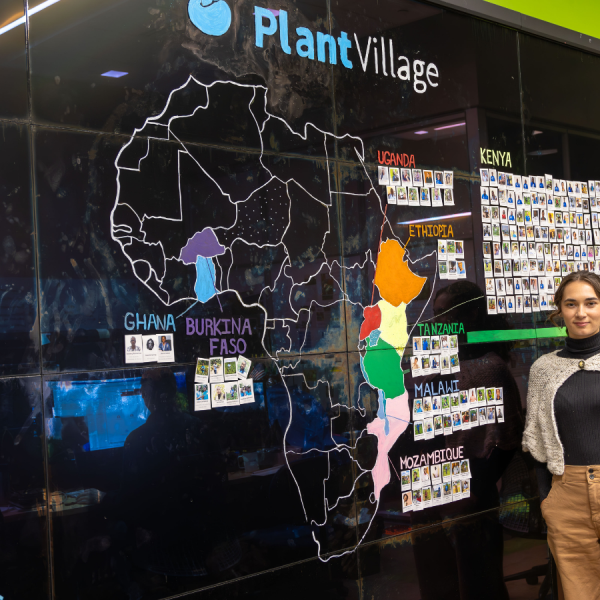
Jan 14, 2025
PlantVillage empowers farmers around the world to combat climate change
UN-supported Penn State research-based non-profit expands into for-profit sector with help from Invent Penn State NSF I-Corps programming
Full Article